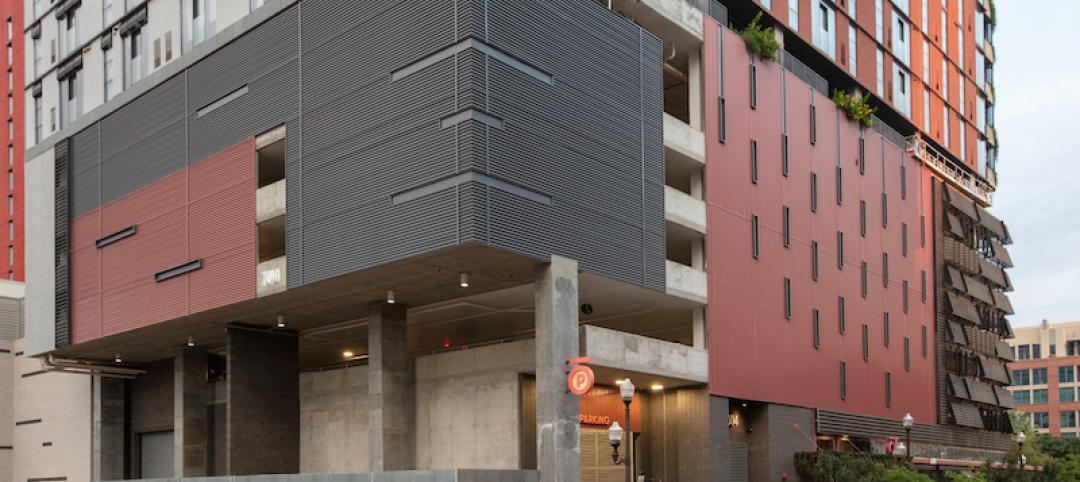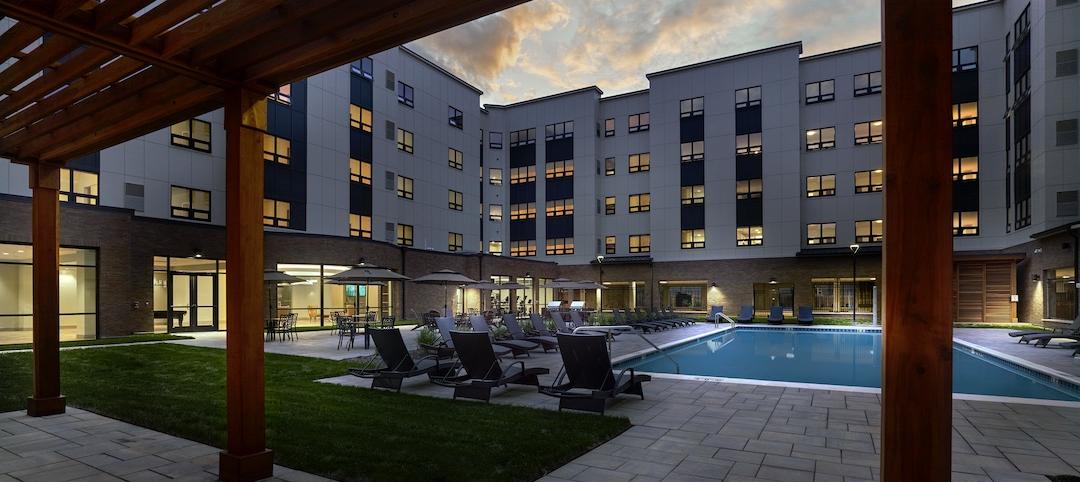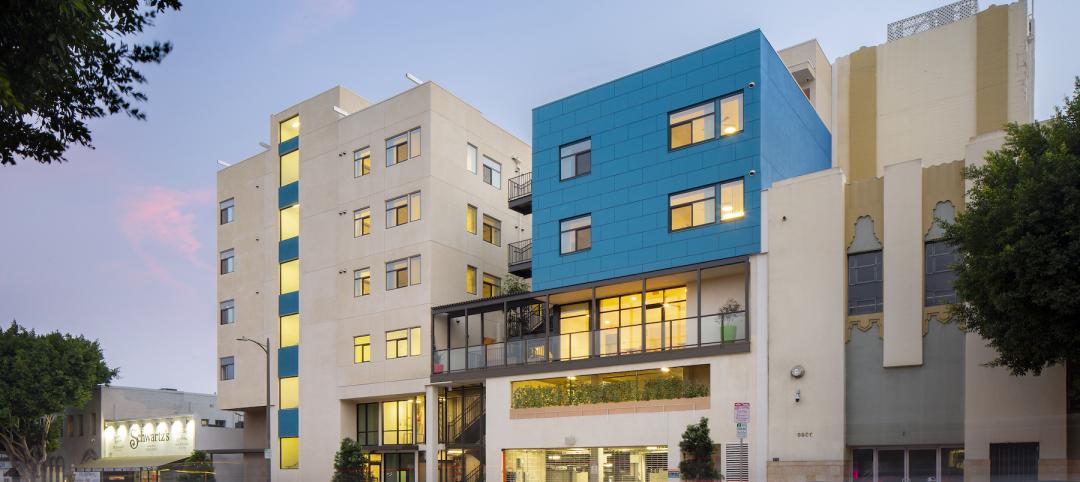Each generation is different than the preceding one, often in surprising ways. Unlike their parents and grandparents, Millennials, or Generation Y, are more comfortable paying rent rather than committing to a 15-30 year mortgage.
From 2006 through 2011, 25- to 34-year-olds experienced the largest decline in home ownership compared with any other age group, according to a USA TODAY analysis of Census Bureau data. Among households headed by 25- to 34-year-olds, renters increased by more than a million from 2006 to 2011, while the number who owned fell nearly 1.4 million.
For many Americans, particularly Millennials, there are a multitude of reasons why renting is on the rise and not expected to fall anytime soon. Young adults today are less inclined to buy a home because they don’t want to be tied down. They also don’t want to incur additional debts, as many already have loans from college.
Interestingly enough, one of the main reasons that drive Millennials to rent is not directly a question of money; it’s all about lifestyle. For this reason, it is important to understand what attracts Millennials and to design and build accordingly.
What Millennials Want in Rental Housing
Articles constantly appear in the media about what Millennials want. Let’s distill 6 key characteristics:
Technology: Millennials grew up with technology. It is second nature to them. Preferred living spaces are wired, connected, and up-to-date.
Community: The Facebook generation is plugged into their social circle, and the community is not just online – it’s also where they live.
“Within the apartment itself, one of the most important features that Generation Y renters look for is an open floor concept with a large living space. As a result, smaller bedroom spaces aren’t a drawback if the living space can support their naturally social lifestyles.” —Michael R. Ytterberg, BLT Architects
Authenticity: Millennials will not stand for fake. The truth is important and the objects with which they surround themselves must feel authentic.
Work and play: These fuse together in an online world. I can work anywhere; I can connect with my friends anywhere. Living arrangements need to support this.
Health: Their living environment must support a healthy lifestyle, both active and one that is clean and restful. This is one of the latest areas where multi-family projects have begun to differentiate themselves.
Experience: For Millennials it all comes together in a life that is rich in experience now, not delayed until success comes later. The road traveled must be an interesting one.
Buying a house ties one down and limits possibilities. Many Millennials today are willing to spend more on their monthly rent to live in a prime location that offers them convenience, comfort and choice.
Smaller apartments have become the norm as rents have risen so Millennials may continue to live in desirable neighborhoods. The neighborhood and the communal spaces in their building are their living spaces. Yet within the apartment itself, one of the most important features that Generation Y renters look for is an open floor concept with a large living space. As a result, smaller bedroom spaces aren’t a drawback if the living space can support their naturally social lifestyles.
Design elements and finishes must have character; uniqueness and charm are selling factors.
As Generation Y is inherently more social, common areas as well as outdoor space are very important to renters. Many Millennials also require access to a fitness center and a pool, spaces where health and sociability are combined.
How to Design Apartments for Millennials
In order to meet the needs of Millennials, one must offer amenities and finishes that are impressive in a competitive landscape. An active, inviting lobby is always important, as it is the first impression that the renter and his/her guests see upon entrance. The lobby should be open and situated like a lounge, evoking the feeling of an extended hangout space.
In addition to lobbies, public space is a necessity in attracting Millennials. Internet lounges within the building where residents and can bring their laptops, as well as rooms that people can rent out for parties are attractive to renters.
 Rendering depicts the rooftop entertainment space at the 3737 Chestnut luxury apartment development in Philadelphia. Rendering: Radnor Property, SPG3 Architects
Rendering depicts the rooftop entertainment space at the 3737 Chestnut luxury apartment development in Philadelphia. Rendering: Radnor Property, SPG3 Architects
When designing for Millennials, keep in mind they understand that quality materials are important, and they favor granite or quartz countertops and clean looking finishes that are easy to maintain. Additionally, buildings must be developed to be pet friendly. Having pet centered amenities, such as a dog grooming facility and synthetic turf pet areas, is becoming the norm.
Many Millennials who live in cities are often doing away with the costly expense of owning their own cars. For this reason, developers should make sure public transportation is easily accessible and consider having a car share program nearby. It has also become a necessity to have plenty of bike storage that is both convenient, as well as easily accessible, to renters.
Millennials are not only renting more often than buying, but they are also renting for much longer periods of time than previous generations. With so many choices available, they have become much more particular when it comes to having the right amenities and living space. Keeping these trends in mind when developing your next project will be essential in remaining competitive within the rental landscape that is being driven by a new generation.
About the Author: Michael R. Ytterberg, PhD, AIA, LEED AP, is a Principal with BLT Architects, a Philadelphia-based architecture firm.
Related Stories
Multifamily Housing | Apr 26, 2022
Investment firm Blackstone makes $13 billion acquisition in student-housing sector
Blackstone Inc., a New York-based investment firm, has agreed to buy student-housing owner American Campus Communities Inc.
Mixed-Use | Apr 22, 2022
San Francisco replaces a waterfront parking lot with a new neighborhood
A parking lot on San Francisco’s waterfront is transforming into Mission Rock—a new neighborhood featuring rental units, offices, parks, open spaces, retail, and parking.
Multifamily Housing | Apr 20, 2022
A Frankfurt tower gives residents greenery-framed views
In Frankfurt, Germany, the 27-floor EDEN tower boasts an exterior “living wall system”: 186,000 plants that cover about 20 percent of the building’s facade.
Multifamily Housing | Apr 20, 2022
Prism Capital Partners' Avenue & Green luxury/affordable rental complex is 96% leased
The 232-unit rental property, in Woodbridge, N.J., has surpassed the 96 percent mark in leases.
Senior Living Design | Apr 19, 2022
Affordable housing for L.A. veterans and low-income seniors built on former parking lot site
The Howard and Irene Levine Senior Community, designed by KFA Architecture for Mercy Housing of California, provides badly needed housing for Los Angeles veterans and low-income seniors
Market Data | Apr 14, 2022
FMI 2022 construction spending forecast: 7% growth despite economic turmoil
Growth will be offset by inflation, supply chain snarls, a shortage of workers, project delays, and economic turmoil caused by international events such as the Russia-Ukraine war.
Wood | Apr 13, 2022
Mass timber: Multifamily’s next big building system
Mass timber construction experts offer advice on how to use prefabricated wood systems to help you reach for the heights with your next apartment or condominium project.
Codes and Standards | Apr 13, 2022
LEED multifamily properties fetch higher rents and sales premiums
LEED-certified multifamily properties consistently receive higher rents than non-certified rental complexes, according to a Cushman & Wakefield study of two decades of data on Class A multifamily assets with 50 units or more.
Multifamily Housing | Apr 7, 2022
Ken Soble Tower becomes world’s largest residential Passive House retrofit
The project team for the 18-story high-rise for seniors slashed the building’s greenhouse gas emissions by 94 percent and its heating energy demand by 91 percent.
















